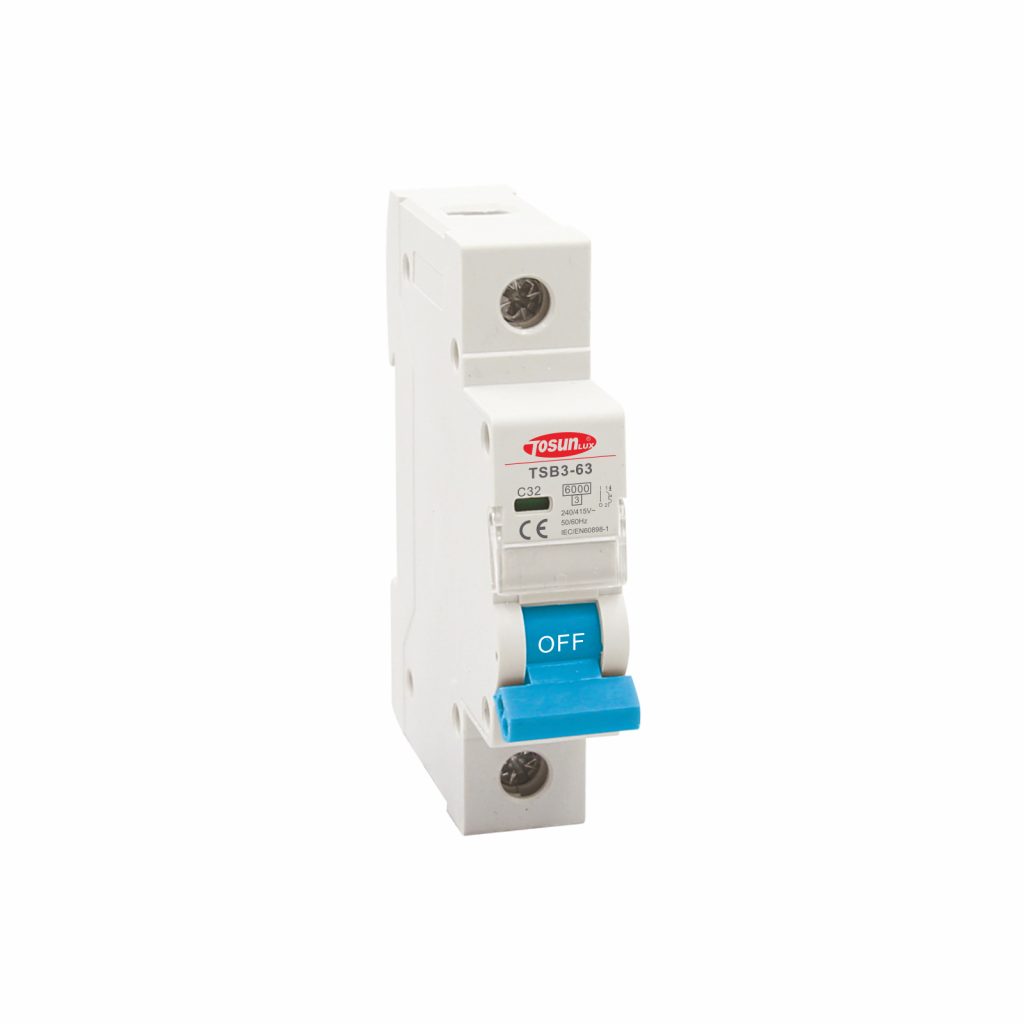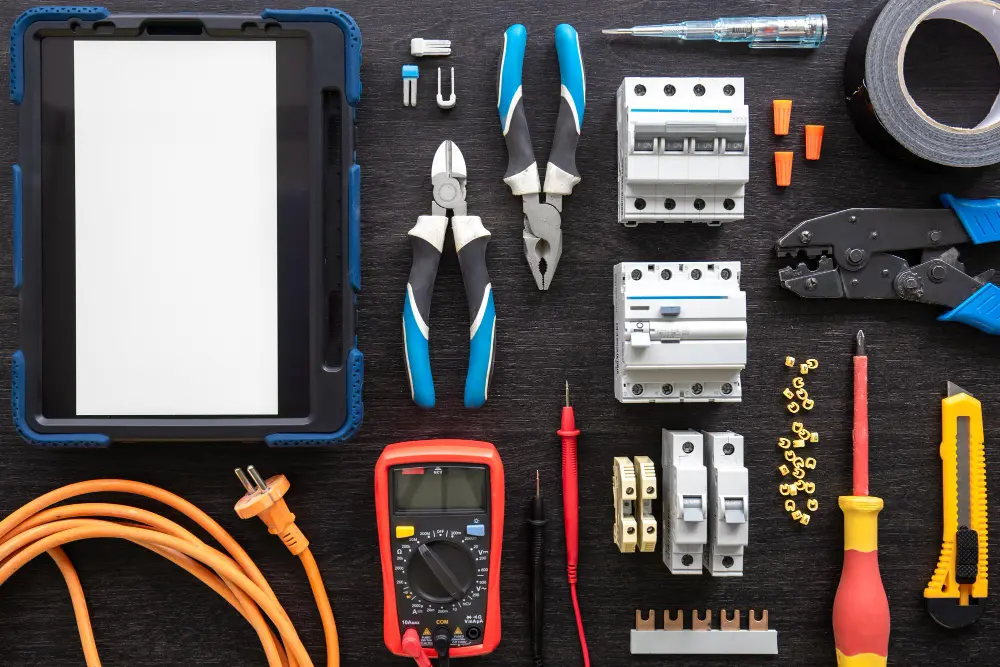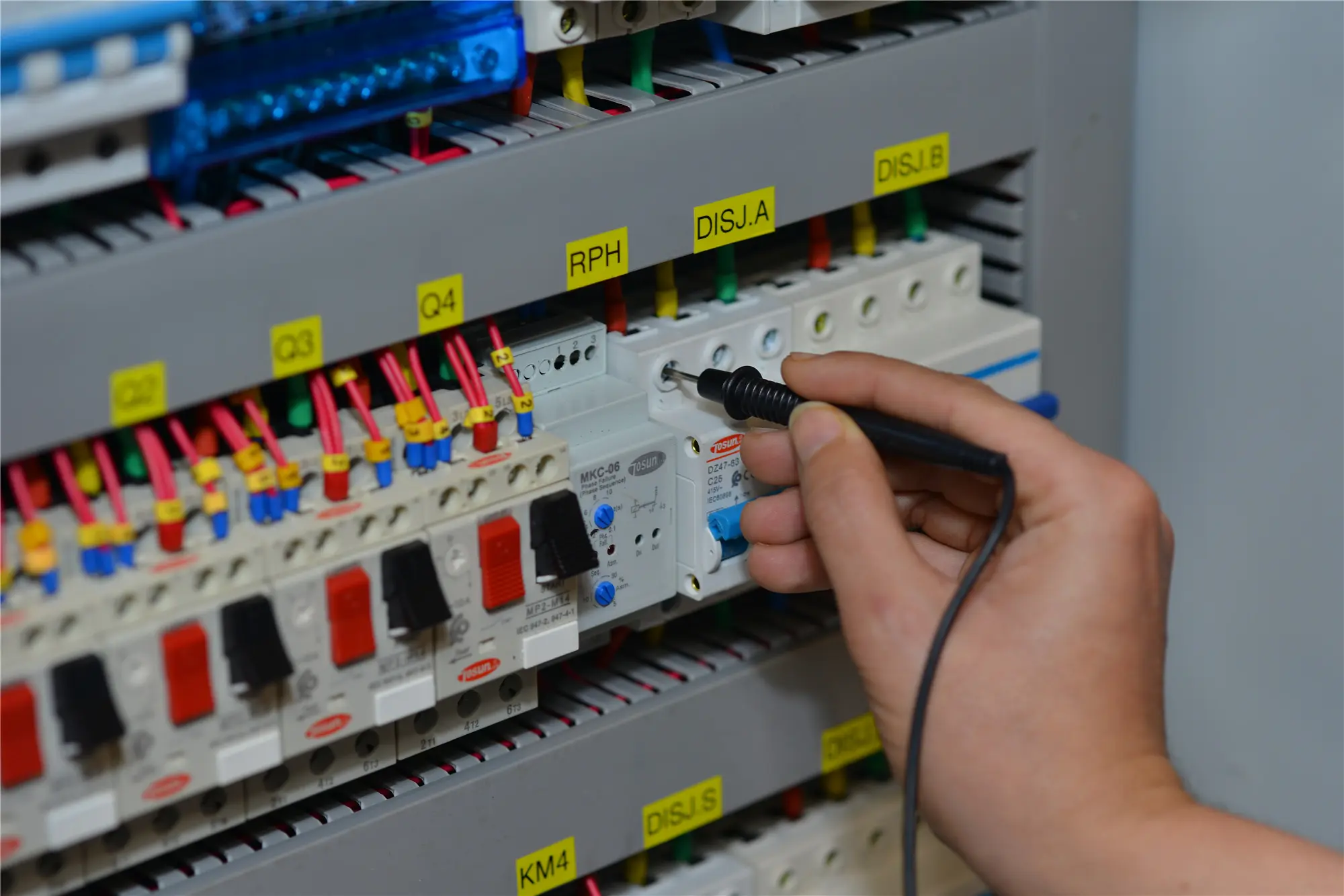What Are the Standard Sizes of Circuit Breakers?
Table of Contents
ToggleCircuit breakers come in different sizes based on their function and electrical capacity. The standard circuit breaker sizes refer to the various amp ratings designed to protect electrical systems from overloads and short circuits. These sizes vary depending on the voltage level, the type of application, and the equipment being powered.
In this guide, we’ll break down circuit breaker amp sizes, breaker frame sizes, and common breaker sizes to help you understand how they work and which is best for your needs.
Why Circuit Breaker Size Matters in Real Projects
From our experience working with distributors and electrical contractors, circuit breaker sizing issues are one of the most common causes of system faults.
A breaker that is too small will trip frequently.
A breaker that is too large may fail to protect cables and equipment.
That is why understanding standard sizes, not just amp numbers, is critical before selecting any circuit breaker.
Common Circuit Breaker Amp Sizes
1. Residential Circuit Breakers
Most homes use 120V and 240V circuit breakers designed to handle different power loads. The most common breaker sizes for residential applications include:
- 15-amp breakers – Used for lighting, small appliances, and general outlets.
- 20-amp breakers – Required for kitchens, bathrooms, and laundry rooms, where higher power demand is needed.
- 30-amp breakers – Often used for dryers and small air conditioning units.
- 40-amp to 50-amp breakers – Designed for stoves, ovens, and electric water heaters.
- 60-amp breakers – Used for large HVAC systems, subpanels, and EV chargers.
Residential Breaker Sizes and Typical Loads
| Breaker Size | Voltage | Typical Application |
|---|---|---|
| 15A | 120V | Lighting, wall outlets |
| 20A | 120V | Kitchen, bathroom circuits |
| 30A | 240V | Dryers, small AC units |
| 40A–50A | 240V | Ovens, water heaters |
| 60A | 240V | EV chargers, subpanels |
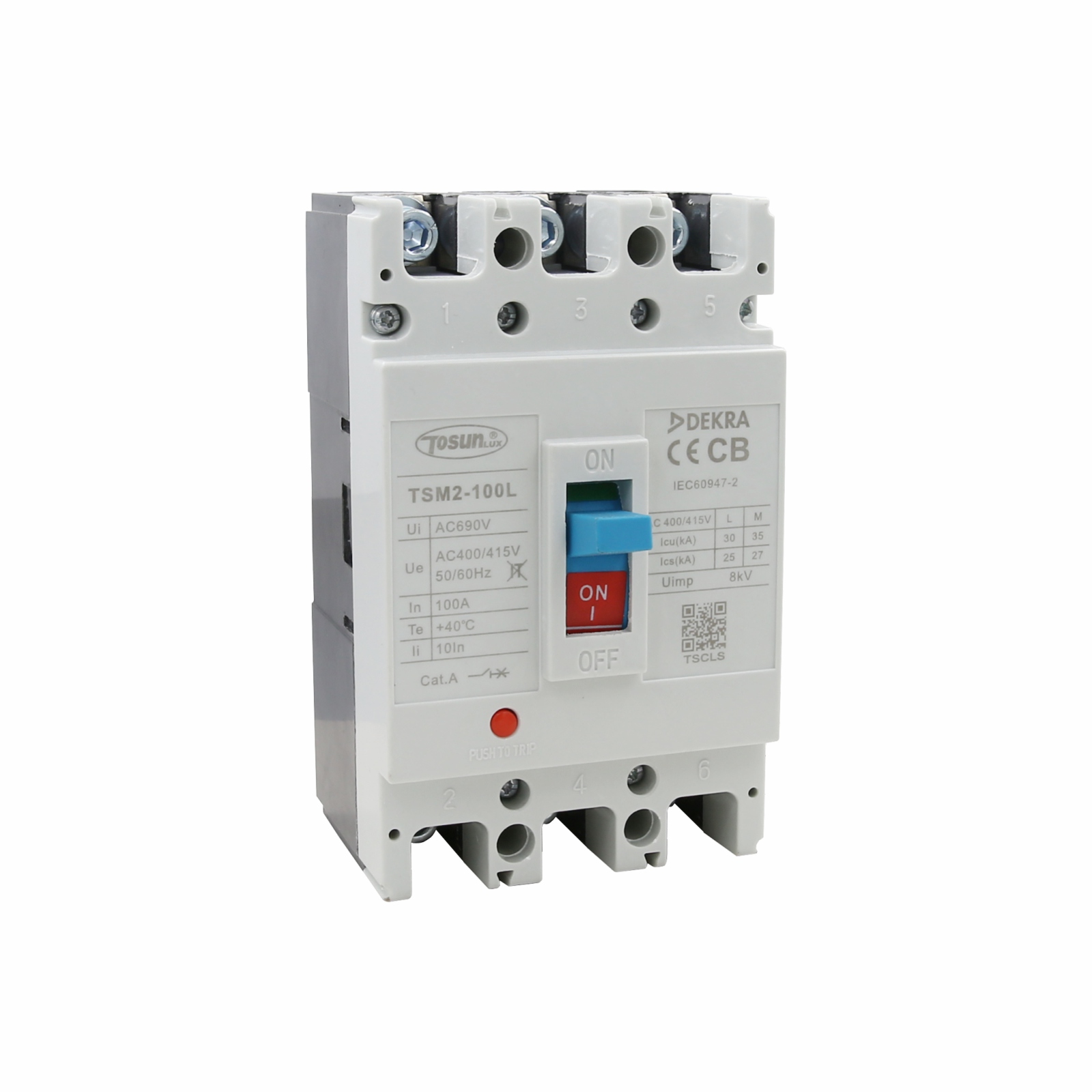
2. Industrial & Commercial Circuit Breakers
Larger electrical systems in industrial and commercial settings require higher-capacity circuit breakers to handle heavy machinery and high-voltage applications. These sizes typically range from 70 amps to 6000 amps.
- 100-amp to 225-amp breakers – Used for large commercial buildings and industrial equipment.
- 400-amp to 600-amp breakers – Found in manufacturing plants, data centers, and high-power operations.
- 1000-amp+ breakers – Essential for heavy-duty industrial applications, often in multi-panel systems.
Industrial Breaker Sizes by Application
| Breaker Size Range | Typical Environment | Common Use |
|---|---|---|
| 100A–225A | Commercial buildings | Distribution panels |
| 400A–600A | Factories, data centers | Main feeders |
| 1000A+ | Heavy industry | Main switchboards |
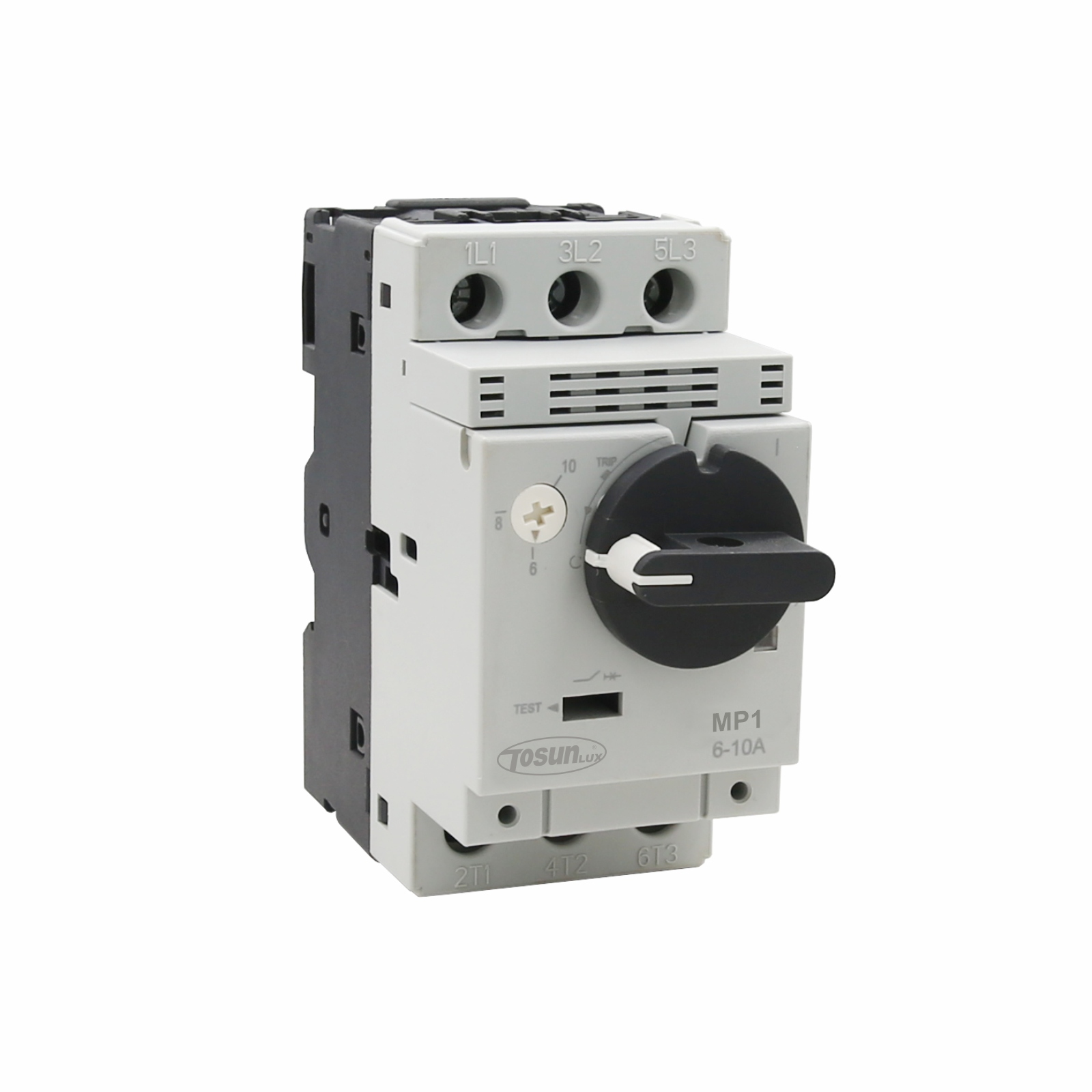
Breaker Frame Sizes and Their Importance
Circuit breakers are housed in protective frames, which determine the breaker’s physical size and ampere interrupting capacity (AIC)—the maximum fault current it can handle safely.
- Miniature Circuit Breakers (MCBs) – Found in homes and small offices, usually handling up to 125 amps.
- Molded Case Circuit Breakers (MCCBs) – Common in commercial and industrial settings, ranging from 100 amps to 2500 amps.
- Air Circuit Breakers (ACBs) – Used for high-voltage industrial applications, handling over 6000 amps.
The smallest standard circuit breaker size is typically a 15-amp miniature circuit breaker (MCB), but some specialty applications may use even smaller breakers for low-power circuits.
Breaker Type vs Frame Size
| Breaker Type | Typical Amp Range | Typical Application |
|---|---|---|
| MCB | 1A–125A | Residential, light commercial |
| MCCB | 100A–2500A | Commercial, industrial |
| ACB | 630A–6300A+ | Main distribution systems |
Choosing the Right Circuit Breaker Size
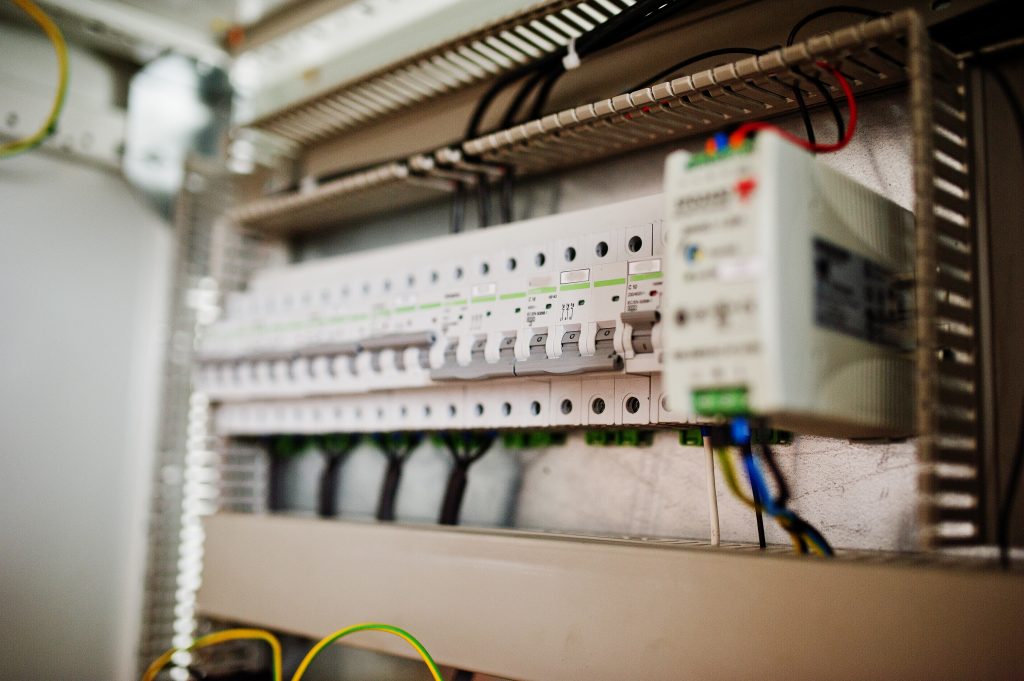
Selecting the correct circuit breaker amp size depends on electrical load requirements and safety regulations. Here are key factors to consider:
- Load Calculation – Determine the total wattage of all connected devices to select the appropriate amp rating.
- National Electrical Code (NEC) Compliance – Ensure the breaker size meets NEC requirements for specific applications.
- Voltage Rating – Match the breaker size to your system’s voltage, whether 120V, 240V, or higher.
- Breaker Type – Choose MCBs, MCCBs, and specialty breakers depending on the installation environment.
Common Breaker Sizing Mistakes
Based on project feedback, common mistakes include:
- Choosing amp rating without checking frame size
- Ignoring ambient temperature derating
- Using residential MCBs in industrial panels
- Oversizing breakers to avoid nuisance tripping
These errors often lead to reduced protection, not better performance.

FAQs
1. What is the smallest standard circuit breaker size?
The smallest standard circuit breaker size is 15 amps, typically used for lighting and standard electrical outlets in residential buildings.
2. What size breaker is used for a 220V circuit?
A 220V circuit breaker size varies from 20 amps to 60 amps, depending on the connected appliance. Common uses include dryers (30A), ovens (40A), and air conditioners (50A).
3. What is the difference between breaker frame sizes and amp ratings?
Breaker frame size refers to a circuit breaker’s physical size and capacity, while amp rating determines how much current it can safely handle before tripping.
About the Data and Experience
This guide is based on:
- IEC and NEC sizing principles
- Product documentation from global manufacturers
- Selection experience across residential, commercial, and industrial projects
The goal is practical selection guidance, not brand promotion.
Conclusion
Understanding standard circuit breaker sizes is essential for maintaining electrical safety and efficiency. Whether you need a 15-amp breaker for a residential circuit or a 600-amp industrial breaker, choosing the right size ensures reliable power distribution and protection from electrical hazards.
As a trusted leader in the industry, TOSUNlux, an electrical circuit breaker manufacturer, provides high-quality solutions tailored to both residential and industrial applications. For more details on selecting the best circuit breaker for your needs, check out our guide onWhat Type of Circuit Breaker Do I Need?.
Resources
- National Electrical Code (NEC) Guidelines
- Electrical Safety Foundation International (ESFI)
- What are the Common Sizes of Circuit Breakers?
🔎 Recommended Reading for Circuit Breaker Sizes
Standard Sizes of Circuit Breakers
Understand the common current ratings and frame sizes of circuit breakers used in residential, commercial, and industrial systems.
Breaking Capacity vs Circuit Breaker Ratings
Learn how to interpret breaking capacity and current ratings when selecting circuit breakers for different applications.
What Type of Circuit Breaker Do I Need?
Find out how to choose the right type and size of circuit breaker based on your system voltage, load, and safety needs.
Tel: +86-577-88671000
E-mail: ceo@tosun.com
Skype: tosunelectric
Wechat: +86-139 6881 9286
WhatsApp: +86-139 0587 7291
Address: Room No.1001 Wenzhou Fortune Center,Station Road, Wenzhou, China
REQUEST A QUOTE
WhatsApp us
 : +86-139 0587 7291
: +86-139 0587 7291 English
English Español
Español Русский
Русский Français
Français العربية
العربية Português do Brasil
Português do Brasil Українська
Українська Türkçe
Türkçe Polski
Polski Nederlands
Nederlands Italiano
Italiano Bahasa Indonesia
Bahasa Indonesia हिन्दी
हिन्दी اردو
اردو አማርኛ
አማርኛ Հայերեն
Հայերեն ไทย
ไทย Монгол
Монгол فارسی
فارسی Shqip
Shqip Ελληνικά
Ελληνικά
